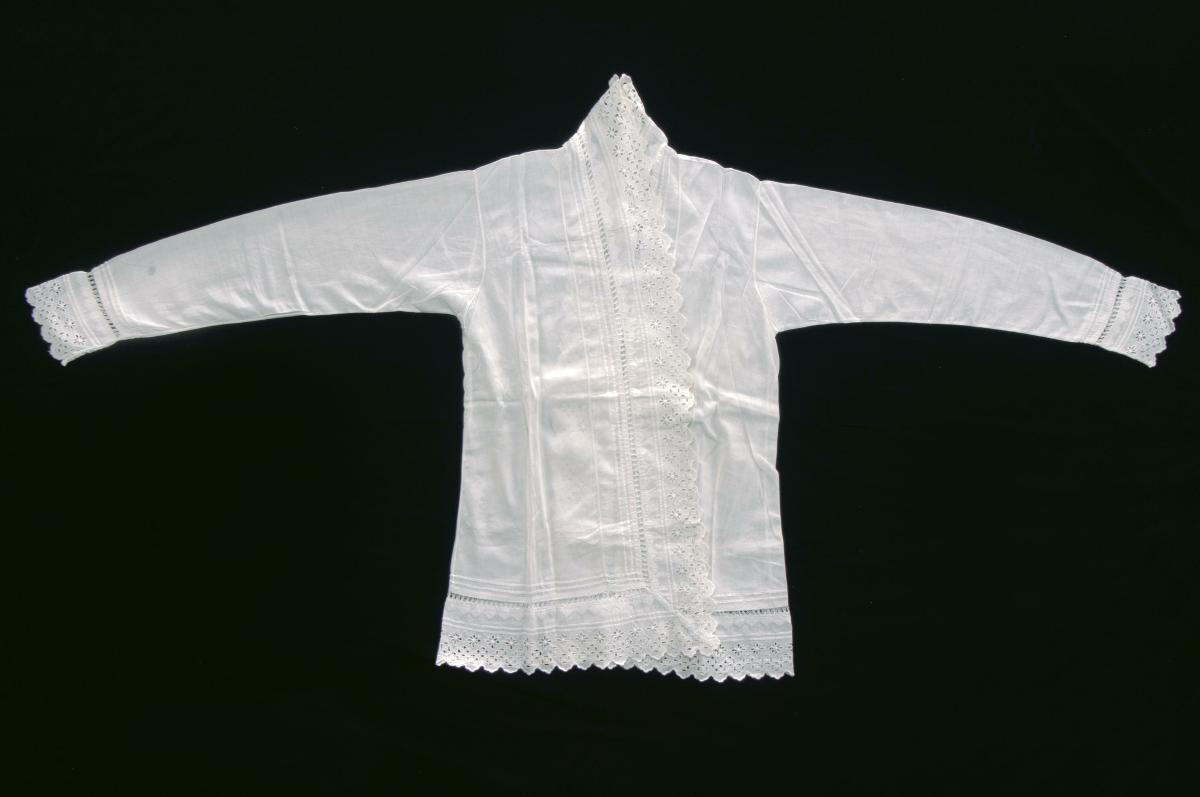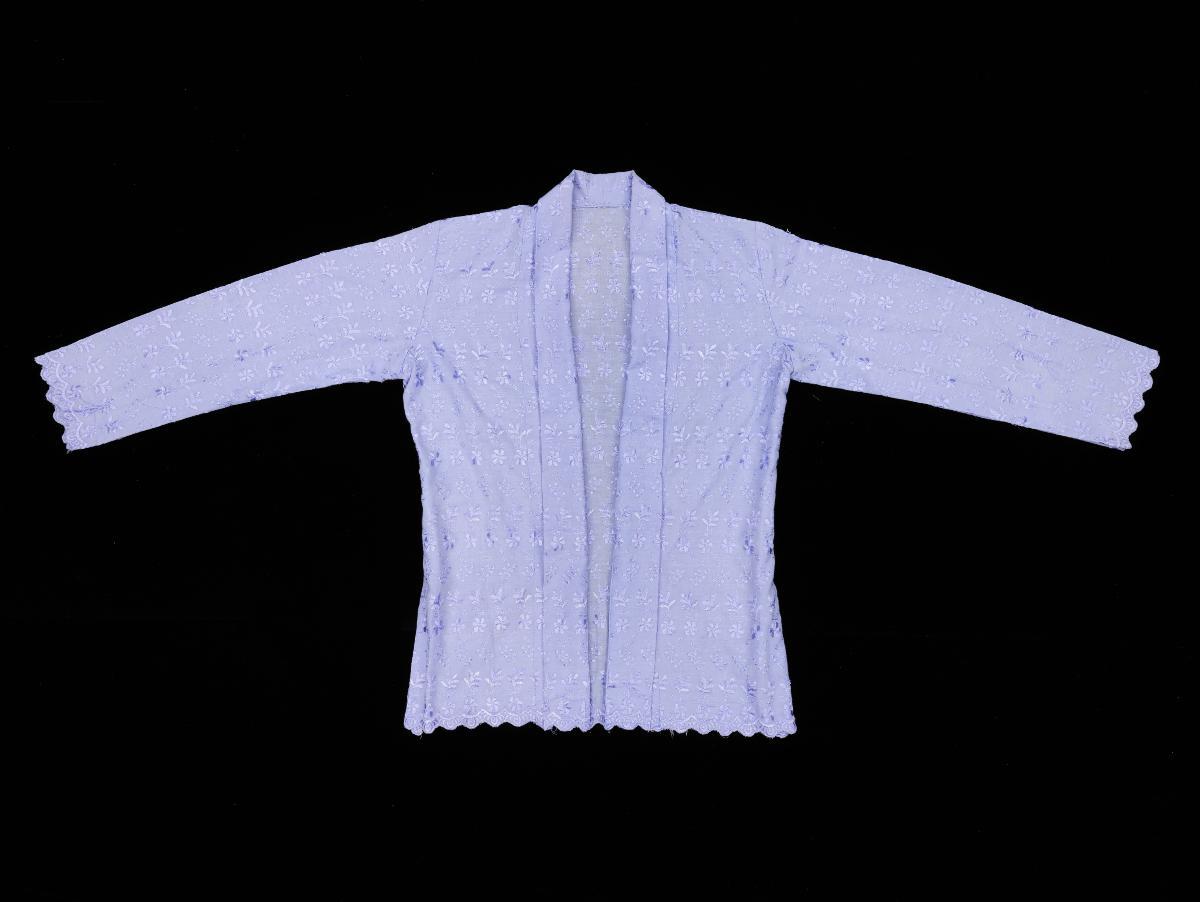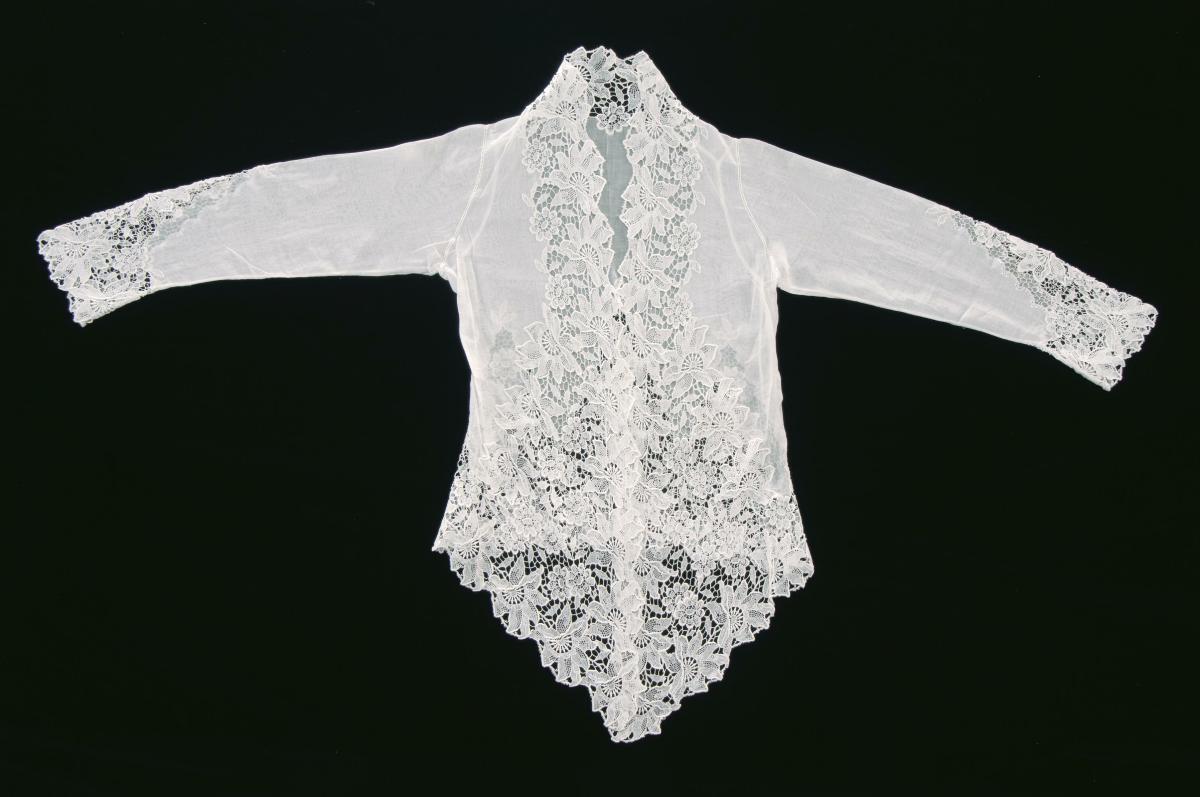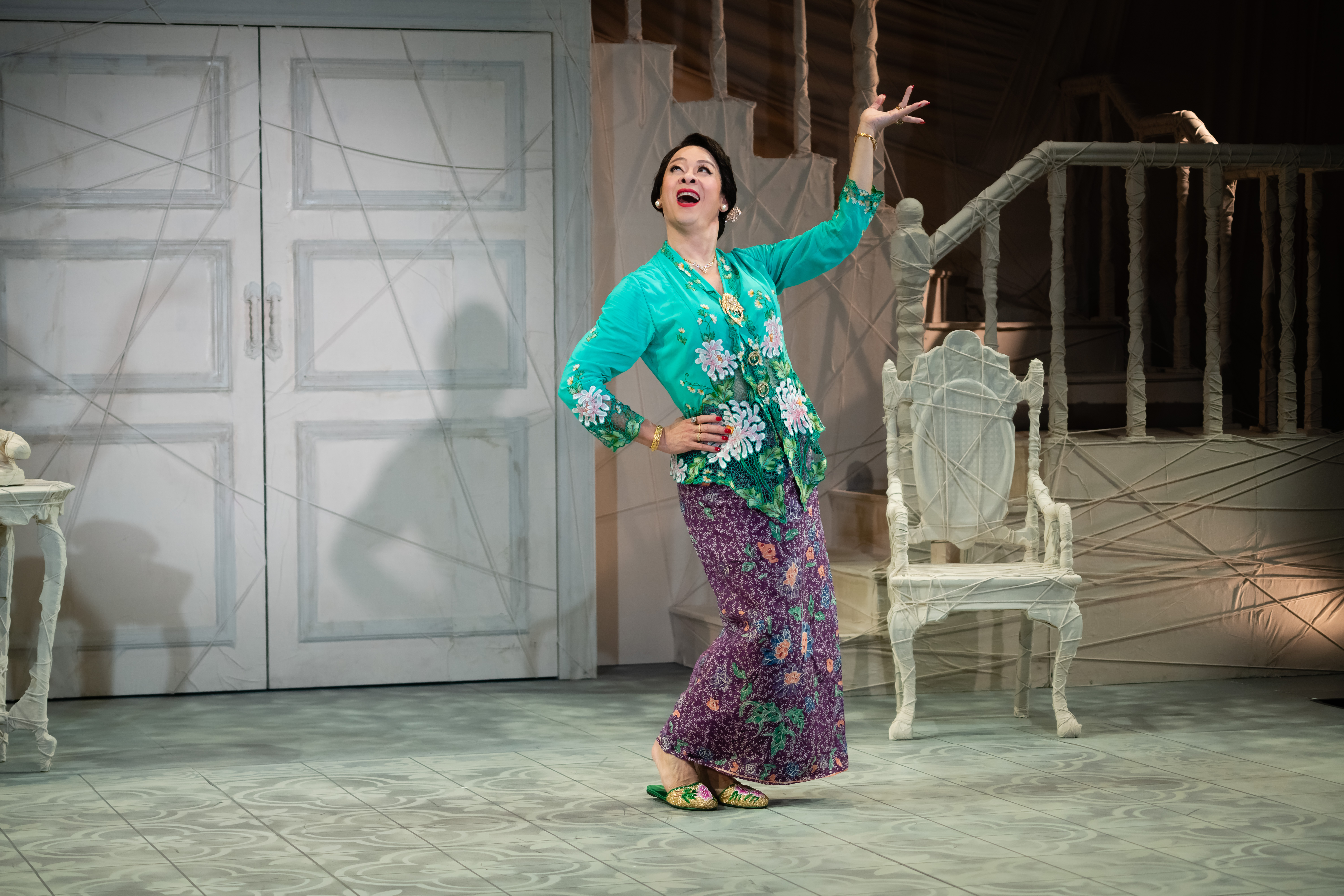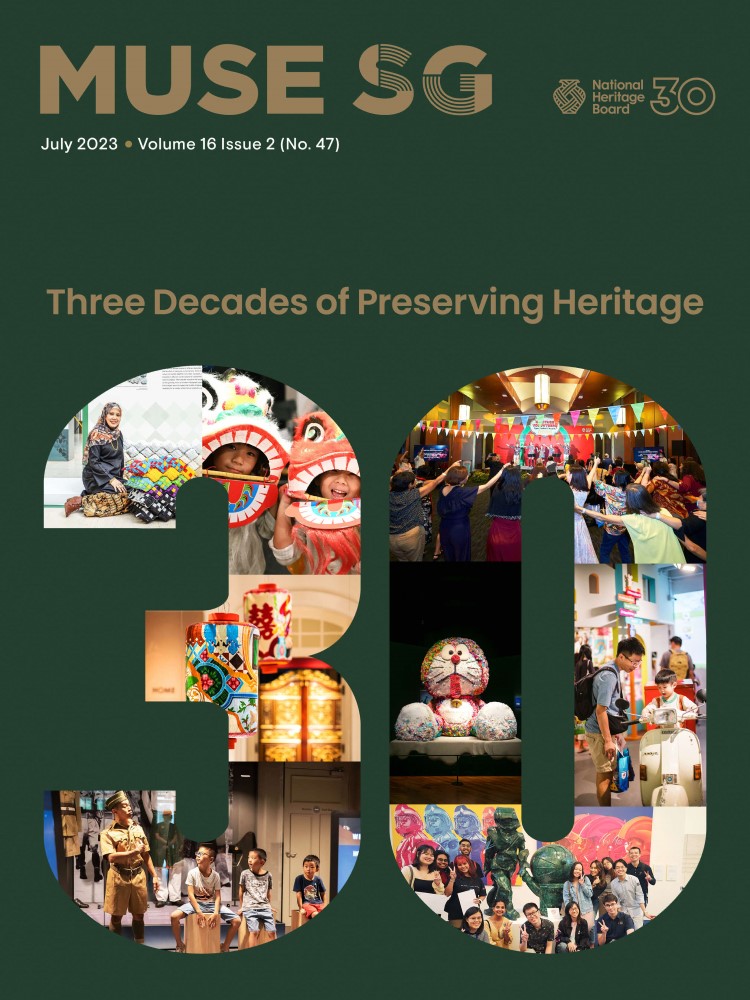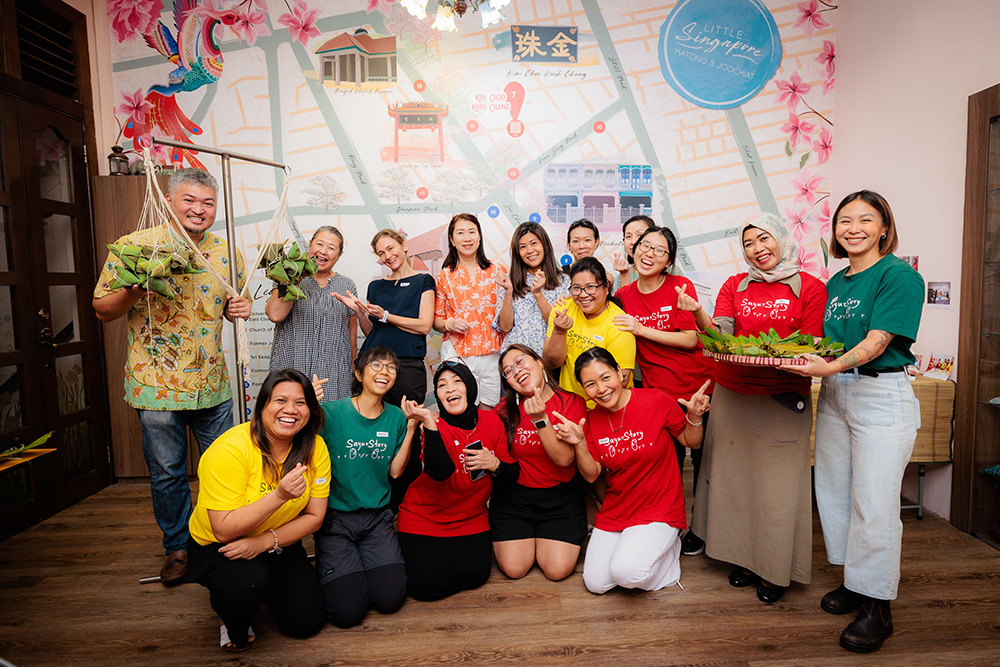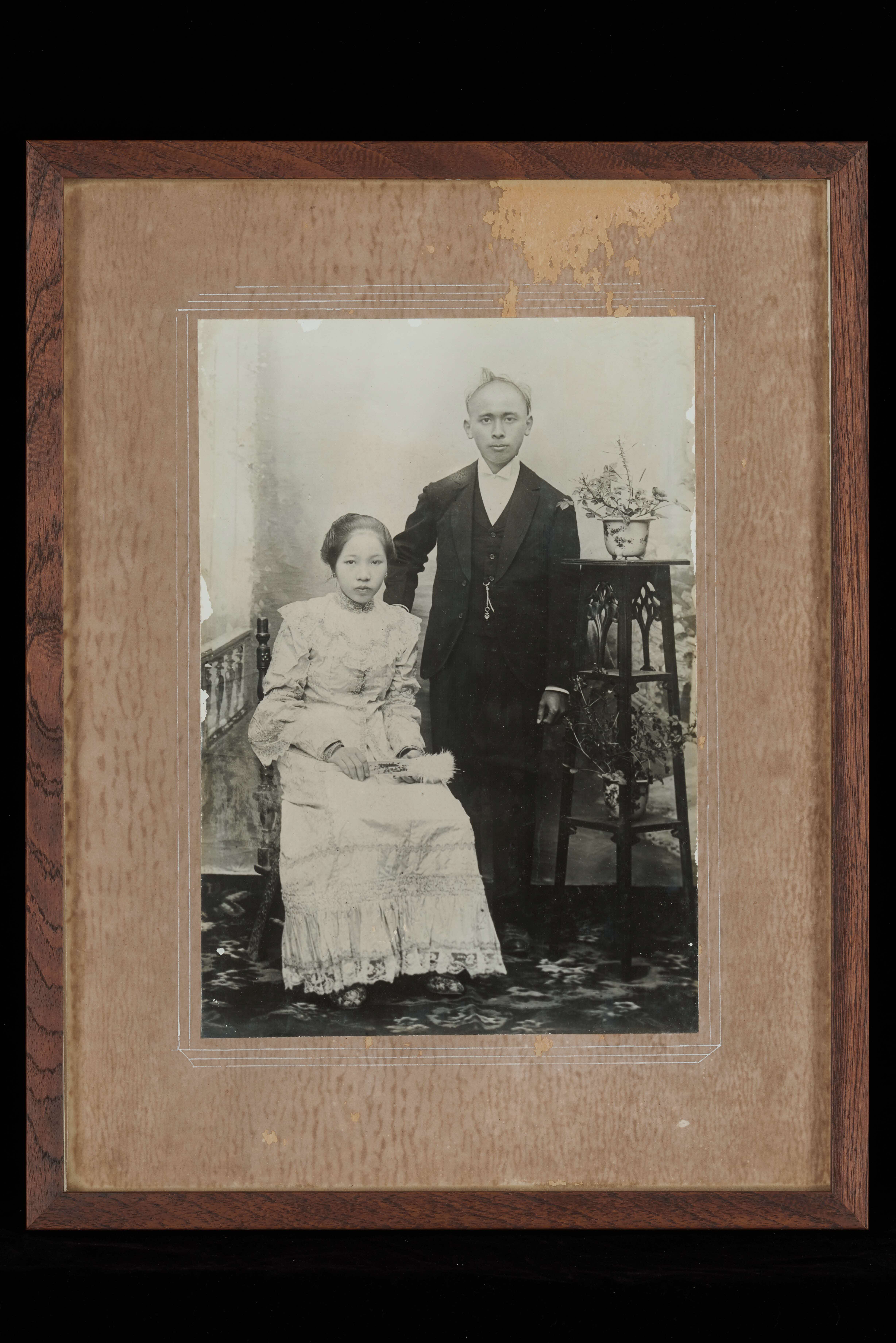The term 'kebaya' is derived from the Arab word ‘kaba’ which means clothing. This white cotton kebaya trimmed with handmade lace could have been worn by Eurasian women in the Dutch East Indies during the day. It is a long sleeved garment reaching to waist length. This piece is decorated with cutwork floral patterns running down the frontal hems and at the edge of the sleeves. This kebaya could be worn together with a ‘kain’, an unstitched length of cloth wrapped around the lower half of the body, sometimes referred to as the tubular 'sarong’. The kebaya soon became the costume of all women, both indigenous and European, in the Indonesian Archipelago.




